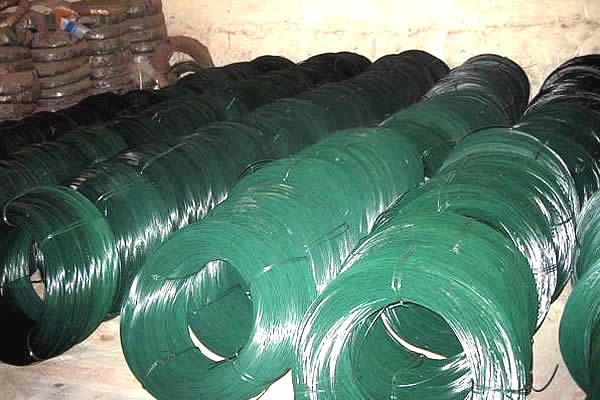 TEL:
+86-13102802206
TEL:
+86-13102802206
 Email:
fencenetting@china.com
Email:
fencenetting@china.com
 Language
Language
 TEL:
+86-13102802206
TEL:
+86-13102802206
 Email:
fencenetting@china.com
Email:
fencenetting@china.com
 Language
Language


Building a Chain Link Fence A Step-by-Step Guide
Building a chain link fence is a practical DIY project that can enhance the security, privacy, and aesthetics of your property. Whether you want to keep your pets safe, secure your garden, or simply mark your property boundaries, a chain link fence is a durable and cost-effective option. In this guide, we’ll walk you through the essential steps to erect a chain link fence, ensuring that your project is successful and satisfying.
Materials Needed
Before you begin, gather the necessary materials and tools. You will need
- Chain link fabric (various heights and gauges available) - Fence posts (terminal posts, corner posts, and end posts) - Line posts - Concrete (for setting the posts) - Tension bands and bolts - Terminal post caps - Tension wire and barbed wire (optional) - Fence ties (to secure the chain link fabric) - A fence stretch er - Level - Measuring tape - Post hole digger - Shovel - Hammer - Wire cutter - Safety goggles and gloves
Step 1 Planning and Measurement
Start by planning the layout of your fence. Determine the total length and the location of the various posts, including corners and gates. Use a measuring tape to mark the layout on the ground. Ensure that you check local zoning laws and homeowner association guidelines for any restrictions on fence height, placement, or materials.
Step 2 Digging Post Holes
Using a post hole digger, start digging holes for your fence posts. The depth of the holes typically should be one-third the height of the post. For example, if you are using a 6-foot tall fence, the holes should be about 2 feet deep. Space the holes 10 feet apart for line posts, while terminal posts should be placed at the corners and ends of the fence line.

Step 3 Setting the Fence Posts
Once the holes are dug, insert the posts into the holes. Ensure that the terminal posts are level and set firmly in the ground. Pour concrete into the holes around each post to secure them in place. Allow the concrete to cure according to the manufacturer's instructions, usually for 24 to 48 hours.
Step 4 Attaching the Chain Link Fabric
After the posts are set and secure, it’s time to attach the chain link fabric. Begin with the terminal posts. Attach the tension bands and bolts to these posts using a wrench. Then, use the fence stretcher to pull the chain link fabric taut. Starting at one terminal post, unroll the chain link along the fence line and secure it to the line posts with fence ties. Space the ties about every foot along the height of the fabric to ensure stability and security.
Step 5 Adding Tension Wire and Final Touches
For additional support, add a tension wire along the bottom of the chain link fabric. This will help keep the fabric taut and prevent sagging over time. Depending on your preference, you can also attach barbed wire at the top of the fence for enhanced security.
Finally, install the terminal post caps to protect the posts from water accumulation and pests. Make sure to check that everything is secure and in place before considering the job finished.
Conclusion
Building a chain link fence is a straightforward process that yields significant benefits for your property. Not only does it provide security and delineate your space, but it can also enhance the overall appearance of your yard. With careful planning, the right materials, and attention to detail, you can complete this project and enjoy the peace of mind that comes with a well-built fence. Whether you are a seasoned DIYer or a first-timer, erecting a chain link fence is a rewarding endeavor that can improve the function of your outdoor space for years to come. So gather your supplies, follow these steps, and take pride in your new fence!